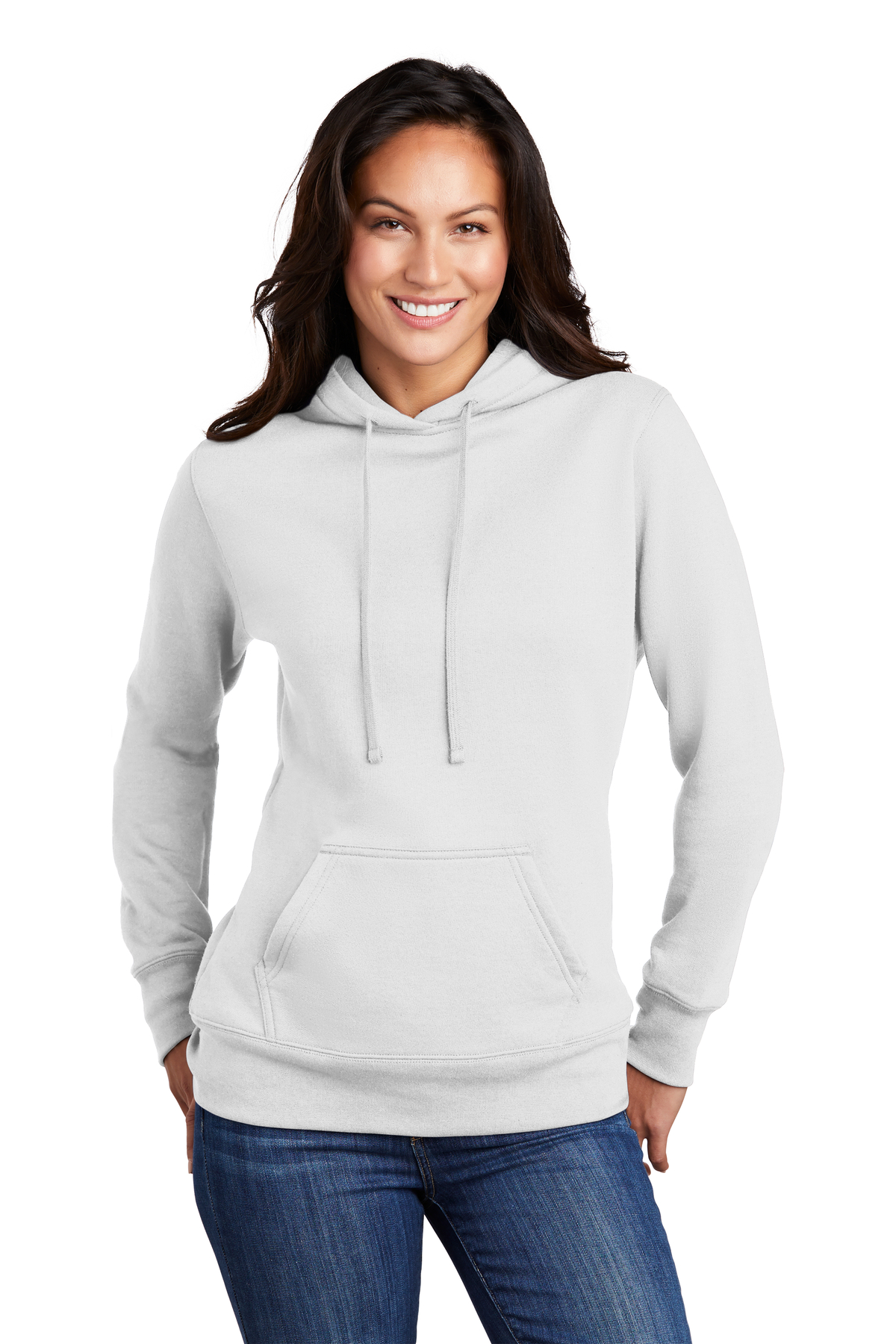Things to Consider When Selecting the best Sweatshirt

Sweatshirts are long-sleeved shirts that are typically composed of cotton-rich fabric. They are generally worn as casual clothing and aren't so formal as sweaters and cardigans. They do not usually have an or hood. If you are interested in buying a sweatshirt, here are a few tips:

Norma Kamali sparked the appeal of sweatshirts
Since the late '70s In the late '70s, Norma Kamali has been turning the humble sweatshirt into a work of art. Her designs are now a staple in almost every woman's closet. Her unique designs vary from a tummy-tucking crew neckline to leather-paneled sweatshirt s. She has also created clothing in unique forms, like a tank top with a long trumpet skirt.
A collaboration with the brand and the manufacturer of sweatshirts Everlast resulted in her Timeless line, which was an instant hit when it was featured in the Spiegel spring 2006 catalog. The collection offered interchangeable and convertible knits in classic silhouettes, and many items were priced below $20. Even if Kamali's Timeless collection was not available in stores, buyers could still find these items on eBay as well as Poshmark.
Merino wool sweatshirts are more comfortable than sweatshirts made of soft wool.
Merino wool is renowned for its moisture-wicking properties which help to keep you comfortable and dry. sweat shirts is a natural fiber that also has a smoother feel. The fabric is also quick to dry compared to other natural materials. Additionally, merino is a sustainable resource. Merino sheep shed their coats each year and grow new coats.
Merino's weight-to-heat ratio is high, and the warmth of wool makes it popular for sweatshirts. It helps to regulate body temperature due to its natural loft, which holds heat in the fibers. This is why Merino wool sweatshirts are ideal for outdoor and summer activities like hiking, mountain biking and running. The warmth it provides ensures that the wearer stays comfortable and dry. This is important for working out.
Zip-front hoodies feature kangaroo pockets.
Kangaroo pocket Hoodies are a well-loved style of hoodies. These hoodies have a large pocket at the front that keeps your hands warm on cold days. They are much more practical than traditional pockets, since they allow your hands to slide into and out effortlessly.
Kangaroo pockets are usually large enough to accommodate a wallet or some other personal items. They are commonly large enough to accommodate the palm of a hand that is small, and can even be wide enough to fit two hands. They feature wide openings on either side , and make them ideal for carrying small items.
French terry fabric is a popular fabric for sweatshirts.
The French Terry fabric is composed of soft yarns that are made into loops, and are typically medium-weight. It is also known for its ability to wick moisture and is pre-shrunk. French Terry is a fantastic option for sweatshirts since it is warm when you're in need and helps keep you cool when you're trying to cool off.
French Terry is also very popular for casual wear, as it is stretchy enough and has enough flexibility to feel good against your skin. It also allows enough air to circulate through the fabric, making it ideal for layering under other clothes. Furthermore, since it's lighter than other sweatshirts, you can wear it all year round without feeling warm or cold.
Hoodies are classy and have a connotation of class.
While it may seem that hoodies are simply clothes that are appropriate for people of the working class but the truth is that they are a symbol of class. The hooded garment was first seen in the 1970s , in New York, where graffiti artists wore them to hide their identities. In 1976, hoodies made their major film debut in "Rocky," when the protagonist of the film was a working class man in hooded gray sweats on his memorable climb up the Philadelphia Museum of Art.
Hoodies are frequently linked to death, destruction and other unpleasant things, and yet they can also be used for practical reasons. For example, monks and priests can wear hoods to demonstrate modesty and inward focus.
